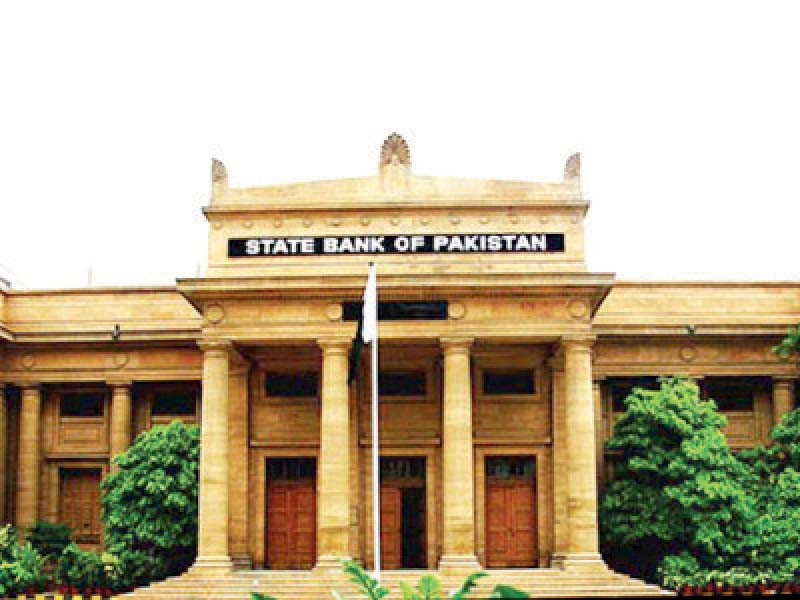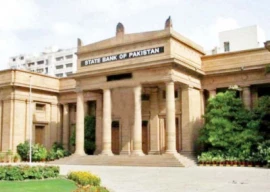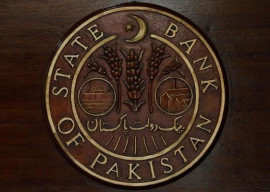
In line with market expectations, Pakistan's central bank left its key policy rate unchanged at 15% for the next seven-week on Monday, as it revised down projection for economic growth to 2% for current fiscal year 2023.
"The existing monetary policy stance (at 15%) strikes an appropriate balance between managing inflation and maintaining growth in the wake of the floods," State Bank of Pakistan (SBP) said in its latest monetary policy statement (MPS).
1/5 At today’s meeting, the Monetary Policy Committee (MPC) decided to maintain the policy rate at 15 percent. See https://t.co/fbqwTNJiRR
— SBP (@StateBank_Pak) October 10, 2022
This is the second consecutive monetary policy statement in the past three months in which SBP has maintained the rate at 15%.
Earlier it raised the rate cumulatively by 800 basis points during September 2021 to July 2022 to 15%.
On one hand, inflation will increase again in the months to come and more persistent due to the supply shock to food prices, and it is important to ensure that this additional impetus does not spillover into broader prices in the economy. While on the other, growth prospects have weakened which should reduce demand-side pressures and suppress underlying inflation.
"In light of these offsetting considerations, the MPC (monetary policy committee) considered it prudent to leave monetary policy settings unchanged at this stage," according to the monetary policy (MPS) statement.
The MPC noted the continued deceleration in economic activity as well as the decline in headline inflation and the current account deficit since the last meeting. It also noted that the recent floods have altered the macroeconomic outlook and a fuller assessment of their impact is underway.
Also read: SBP likely to leave rate on hold
The MPC discussed the post-flood macroeconomic outlook, noting that projections are still preliminary and would become firmer after the flood damage assessment being conducted by the government is finalised.
Based on currently available information, GDP growth could fall to around 2% in FY23, compared to the previous forecast of 3-4% before the floods.
Meanwhile, higher food prices could raise average headline inflation in FY23 somewhat above the pre-flood projection of 18-20%. The impact on the current account deficit is likely to be muted, with pressures from higher food and cotton imports and lower textile exports largely offset by slower domestic demand and lower global commodity prices.
"As a result, any deterioration in the current account deficit is expected to be contained, still leaving it in the vicinity of the previously forecast 3% of GDP."





1732356840-0/Copy-of-Untitled-(1)1732356840-0-270x192.webp)



1732355030-0/BeFunk_§_]__-(41)1732355030-0.jpg)
1732340798-0/BeFunk_§_]__-(35)1732340798-0.jpg)









COMMENTS (1)
Comments are moderated and generally will be posted if they are on-topic and not abusive.
For more information, please see our Comments FAQ